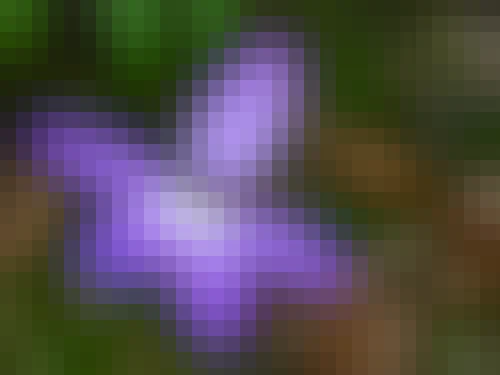With hope that Lockdown 2.0 ends soon for all Victorians, our region steps into a new season of rebirth, joy and optimism. Spring is here and our National Park bursts with colourful wildflowers that blanket the rugged mountain ranges and vast landscapes. A truly wonderful sight to behold.
From delicate scented orchids bending in the wind to bright Blue Tinsel Lilies bursting with colour and the Grampians Thryptomene covering the bush grounds like snow, our region transforms into the ‘Grampians Garden’.
Home to one third of Victoria’s flora and more than 1,000 species of flowering plants with approximately 20 of these species’ endemic to our region, you’ll be awed by our dazzling array of native flowers.
For thousands of years, the Indigenous Jardwadjali and Djab Wurrung people have lived by six distinct seasons and weather patterns, rather than the common four. These periods are defined by the climatic features of the environment, including the season ‘petyan’, or the ‘season of wildflowers’. This is experienced between late August to mid-November and sees the landscape pop with colour and life.
While the annual Grampians Wildflower Show is postponed due to COVID-19, we have compiled a list of our favourite dazzling flower displays for you to discover when the time is right - The Grampians Way.





